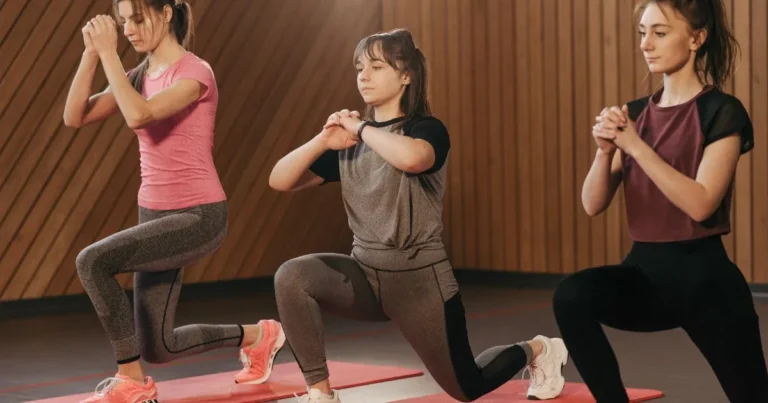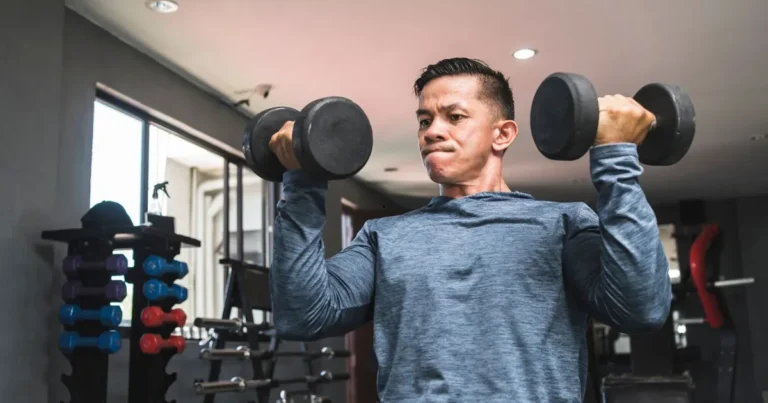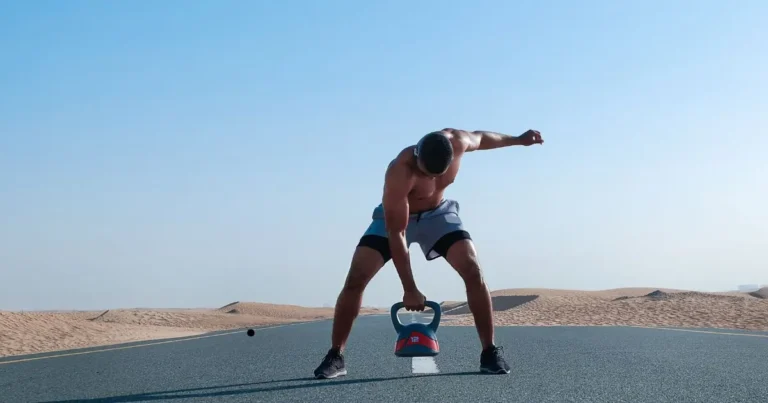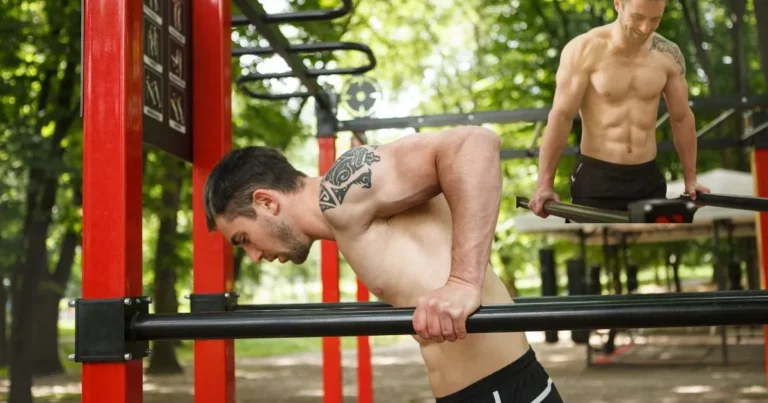Adductor Muscles Training: 5 Simple Exercises to Improve Inner Thigh Strength
Table of Contents
Have you ever felt like your lower-body workouts are missing something? Maybe you’re consistent with squats, lunges, and leg presses, but you’re still dealing with instability, knee pain, or weak core engagement. It’s a frustrating cycle. Here’s the truth: your inner thigh muscles, known as the adductors, may be undertrained.
Adductor muscles play a crucial role in balance, mobility, and lower-body strength. When these muscles are weak, other areas of your body compensate, which can lead to discomfort or injury. But don’t worry—you can fix that. In this guide, you’ll discover five easy-to-follow exercises to target these neglected muscles and build stronger, more stable legs.
What Are Adductor Muscles and Why Should You Train Them?
Understanding Your Inner Thigh Muscles
The adductors are a group of muscles located on the inside of your thighs. They include:
- Adductor Longus
- Adductor Brevis
- Adductor Magnus
- Gracilis
- Pectineus
These muscles work together to pull your legs toward the midline of your body—a movement called adduction. They’re activated in various everyday movements like walking, balancing, and even getting out of a car.
Why Adductor Muscle Training Matters
When you train your adductors, you can:
- Improve hip and knee joint stability
- Enhance core strength
- Reduce the risk of groin strains and hip injuries
- Support better athletic performance
- Improve posture and functional movement
These muscles are especially important if you’re involved in sports, fitness, or even horseback riding.
5 Simple Exercises to Strengthen Your Inner Thighs
You don’t need a full gym to get results. These exercises are effective, accessible, and can be done with minimal equipment.
1. Side-Lying Leg Raises
Lie on your side with your legs extended. Lift the top leg slightly and bring your lower leg upward toward it. This isolates your inner thigh.
Tips:
- Keep your core tight.
- Perform 3 sets of 15 reps per leg.
- Use ankle weights for added resistance.
2. Standing Adduction with Resistance Band
Attach a resistance band to a stable object and loop it around your ankle. Stand sideways and pull your leg inward against the resistance.
Why it works: This movement mimics natural adduction and strengthens your adductors through resistance.
Tips:
- Keep your posture upright.
- Start with light resistance and increase gradually.
- 3 sets of 12 reps per leg.
3. Sumo Squats with Pulse
Stand with your feet wider than shoulder-width and point your toes out. Squat down and pulse at the bottom before returning up.
Benefits:
- Engages the inner thighs more than standard squats.
- Also targets glutes and quads.
Tips:
- Keep your knees tracking over your toes.
- Do 3 sets of 10-15 reps.
4. Pilates Ball Squeeze
Sit or lie on your back and place a small Pilates ball between your knees. Squeeze and hold.
Why it works: This isometric move helps you feel the adductors engaging deeply.
Tips:
- Hold each squeeze for 10 seconds.
- Repeat for 3 sets of 30 seconds.
5. Side Lunges with a Twist
Step out to the side into a lunge and twist your torso toward the bent leg. Return to center and repeat on the other side.
Key benefits:
- Targets adductors through dynamic movement.
- Builds flexibility and coordination.
Tips:
- Focus on control rather than speed.
- Perform 3 sets of 10 reps per side.
Exercise Comparison Table
| Exercise | Equipment Needed | Skill Level | Reps/Sets |
|---|---|---|---|
| Side-Lying Leg Raises | Mat | Beginner | 3 x 15 each leg |
| Resistance Band Adduction | Resistance Band | Intermediate | 3 x 12 each leg |
| Sumo Squats with Pulse | Dumbbell (optional) | Intermediate | 3 x 10-15 |
| Pilates Ball Squeeze | Pilates Ball | All Levels | 3 x 30 seconds |
| Side Lunges with Twist | Bodyweight or Dumbbell | Intermediate | 3 x 10 per side |
How Often Should You Train Your Adductors?
To see real results, aim to train your adductors 2 to 3 times per week. You can integrate these exercises into your existing leg day or add them to core stability routines. Rest is just as crucial as effort—these muscles need time to recover to grow stronger.
Avoid These Common Mistakes in Adductor Training
Training your adductors is effective when done correctly. Here are a few pitfalls to avoid:
- Skipping them entirely: Inner thighs are often overlooked.
- Using poor form: Incorrect posture can reduce effectiveness and increase injury risk.
- Doing only one type of movement: Combine isometric, dynamic, and resistance-based movements.
Deep Adductor Strengthening for Horse Training
If you’re a horse rider, you already know the importance of strong inner thighs. They help you grip the saddle, stay balanced, and communicate better with your horse.
Recommended exercises:
- Pilates ball squeeze
- Resistance band adduction
- Isometric inner thigh holds
Strengthening your deep adductors allows you to ride longer with more control and less fatigue.
Weekly Inner Thigh Training Routine
| Day | Focus Exercise | Notes |
| Monday | Resistance Band Adduction | Focus on form and control |
| Wednesday | Sumo Squats + Ball Squeeze | Combine static and dynamic moves |
| Friday | Side Lunges + Leg Raises | End with light stretching |
Conclusion: It’s Time to Strengthen What You Can’t See
Your adductor muscles might not get as much attention as your glutes or abs, but they are the unsung heroes of lower-body strength. Building them up doesn’t just sculpt your thighs—it enhances your movement, posture, and athletic ability. Add these five simple exercises into your weekly routine and start feeling the difference where it matters most.
Take action today. Begin with just one or two moves and work your way up. Your body will thank you with better balance, less pain, and stronger performance.
Frequently Asked Questions
What are the best exercises to strengthen adductor muscles?
Side-lying leg raises, sumo squats, resistance band adductions, and ball squeezes are some of the most effective moves.
Can I train adductors at home without equipment?
Yes. Bodyweight exercises like side lunges and leg raises are highly effective and require no gear.
How often should I do adductor training?
2 to 3 times per week is optimal, with rest days between sessions.
Is adductor training useful for horseback riders?
Absolutely. Strong adductors help improve grip, control, and posture in the saddle.
Can weak adductors cause injury?
Yes. Weakness in these muscles can lead to hip, knee, and lower back issues over time.








